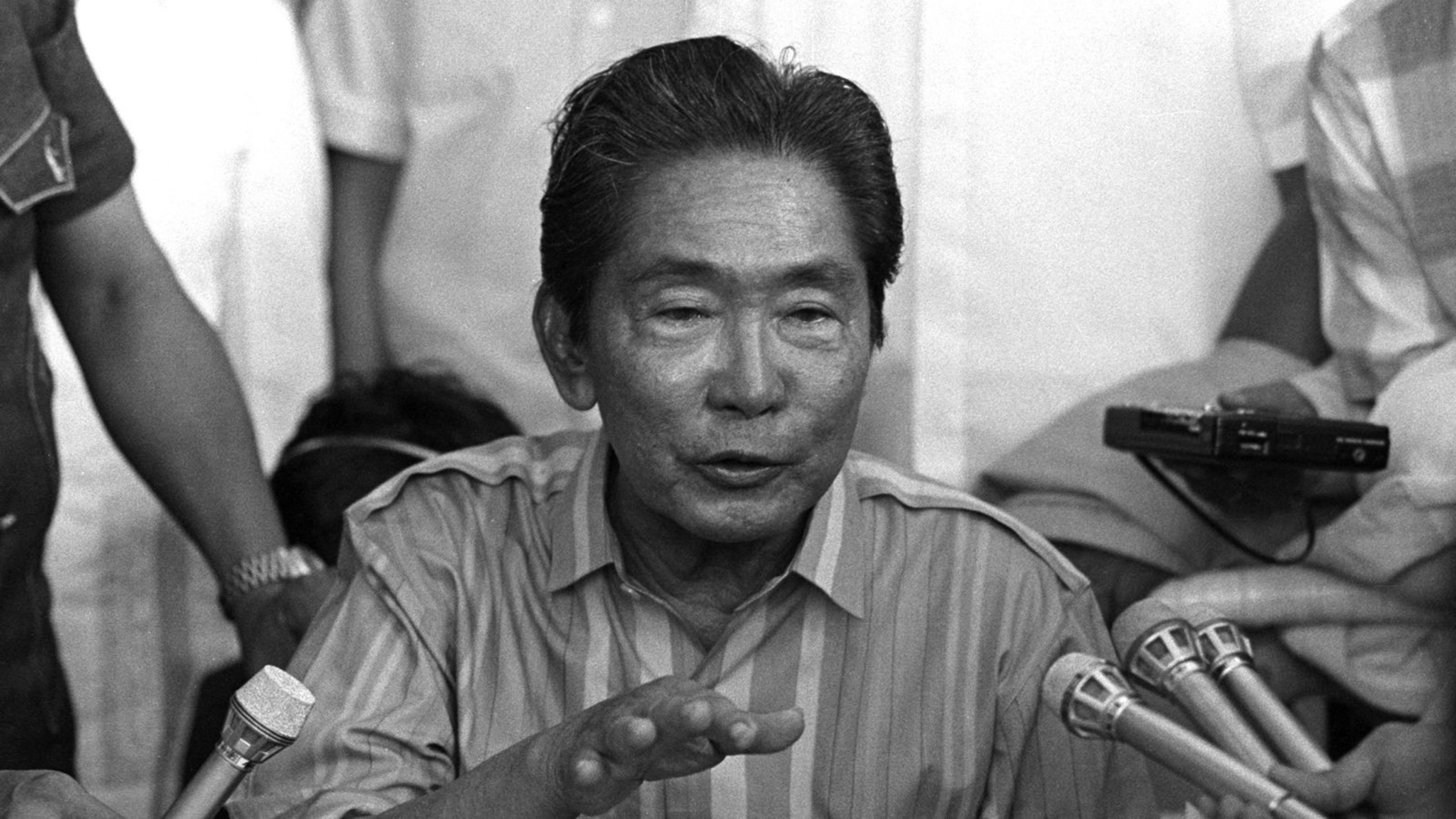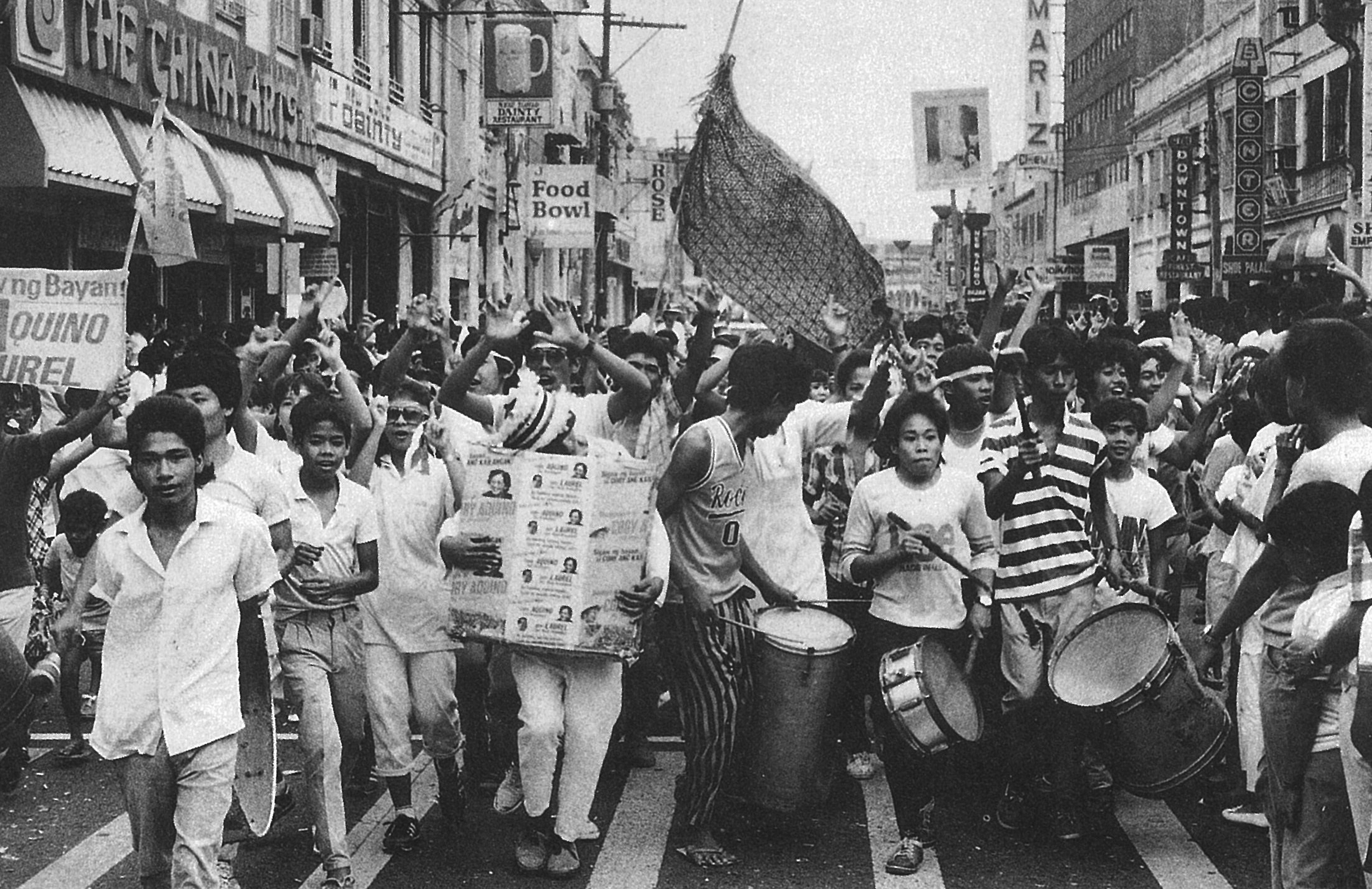For some reason, expats often find themselves in the middle of major events and amazing situations as they pursue their careers outside their native lands. This is the first in a series of articles that will feature the fascinating experiences and recollections of some of our readers. If you have an unusual or amazing experience you would like to share, please send an email to [email protected].
Lin Neumann was in Manila when one of the most dramatic upheavals in political history took place.
As so often happens to foreigners who come into contact with the Philippines, my life had become thoroughly enmeshed in the place. By February 1986, what started as a volunteer internship program in human rights work nearly a decade earlier had morphed into a career as a free-lance journalist based in Manila. I was covering the downfall of Ferdinand Marcos via People Power.
Viewed from the international stage, the fate of the country seemed to have enormous significance, not just for Filipinos but for the Cold War balance of power. And I had been around to witness a lot of it. I was at the airport in 1983 when Ninoy Aquino was killed, I attended his epic funeral, got to know Cory and followed the right, left and centre as all sides jockeyed for advantage. It was pretty heady stuff. I wrote about whacked-out oligarchs, Marcos cronies and communists so radical I feared for what might happen if they ever seized power. I met people like Lorenzo Tañada, Pepe Diokno and Jovito Salonga, all of whom gave me master classes in Philippine politics. I saw a lot of violence. I became friends with many Filipino journalists who are among the best I have ever worked with.
In short, there is nowhere else I would rather have been than on EDSA for those four days in February 1986. So how to choose one or two memories viewed through the fog of thirty years? I will share two, one public and one private.
CONSOLIDATING FORCES
On the afternoon of Day Two Johnnie Enrile had joined Fidel Ramos at Camp Crame, across the street from Camp Aguinaldo, perhaps to consolidate forces. The revolt was looking a bit dodgy at the time, with numbers dwindling on the street as we waited for a government attack. It was in that atmosphere that we heard helicopters approaching Camp Crame very early on the morning of Day Three. The journalists and bystanders on the parade grounds crawled into ditches and sought other cover as the helicopters – Hueys in my memory, seven of them – made a pass and circled back.
On that second pass we saw a yellow scarf fluttering from the window of one of the birds. They were friendly. It was the 205th Helicopter Wing led by General Antonio Sotelo but commanded, as I recall, by then Colonel Loven Abadia. The histories usually differ on the details, but the broad strokes are clear – an attack looked imminent, none came and after we dusted ourselves off it seemed much more certain that whatever People Power was – revolt, revolution or restoration of old elite power – it might carry the day. It came much sooner than most of us would have imagined.
Late in the evening of Day Four, Paul Quinn Judge of the Christian Science Monitor, Michael Richardson of the Sydney Morning Herald and I were tooling around the city in my battered old Ford Escort when Paul noticed helicopter traffic over Manila Bay, seemingly coming from the US Embassy compound or further up the Pasig river. On a hunch we headed for the palace, Quinn Judge insisting this was the end, a rumoured US-brokered deal to get Marcos and Imelda out of the country was in motion.
Passing a troop truck headed away from the palace near the Luneta, I made a U-turn and we shouted at the soldiers, who wore Presidential Security Command patches. “Tapos na!” one screamed back. “It’s over.” That was enough for us. Another U-turn and we headed for the San Miguel Gate of Malacanang Palace. There was almost no one around but we could see a crowd at the Mendiola Gate nearby. Soldiers inside the compound told us Marcos had fled, gone on a US helicopter. Paul and Michael went inside, and I started looking for a telephone. I was convinced and I needed to file for NBC Radio in those days of landlines and no mobile phones. I crossed the street.
“Anything, sir?” said a young woman who approached me out of the darkness. I quickly discovered that she and her sister and mother lived across from the palace, were not Marcos loyalists, were delighted to hear the old order was changing and most importantly had a telephone. It was about ten minutes before 10pm as I recall. I connected my tape recorder to the telephone, got NBC on the line collect and was told to stand by. The desk editor asked if I was sure Marcos was gone. The wires don’t have it yet, she said. I said I was sure and hoped I was right. I waited for the top of the hour.
One of the sisters asked if I needed anything else. I asked for a beer; they brought me scotch. I dispatched one sister to the Mendiola Gate with instructions to be careful but bring me reports of what she saw on the street. New York came back on the line.
“We are going live at the top of the hour with the first news that President Ferdinand Marcos has fled his palace in the Philippines…” It was the best night of my journalistic life.The next week I brought that family roses and champagne.







